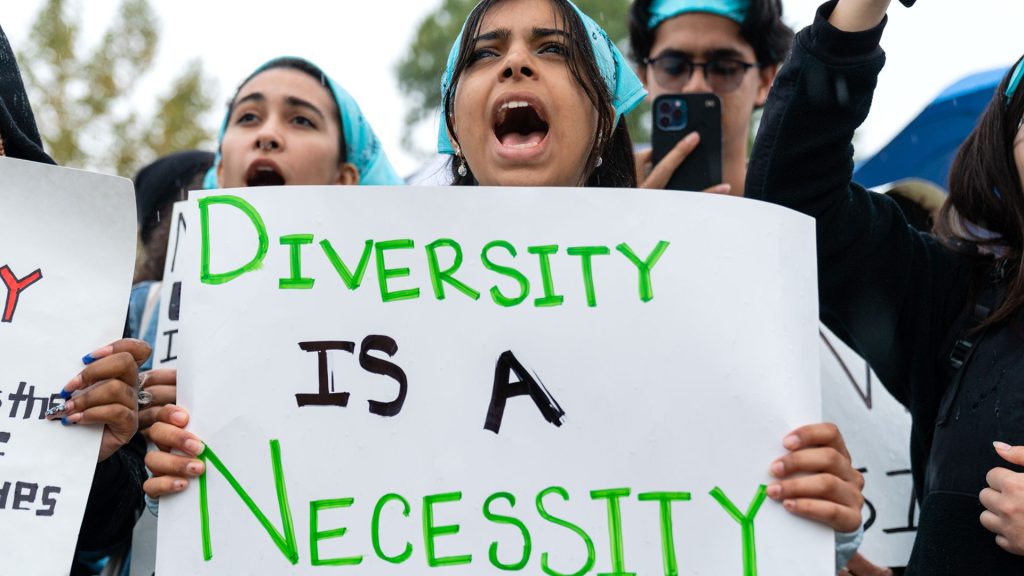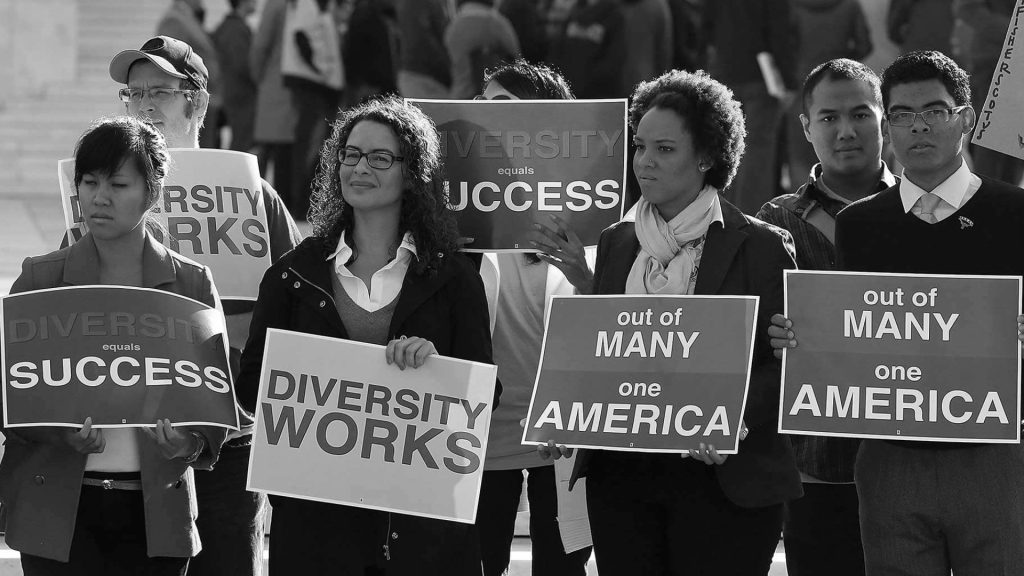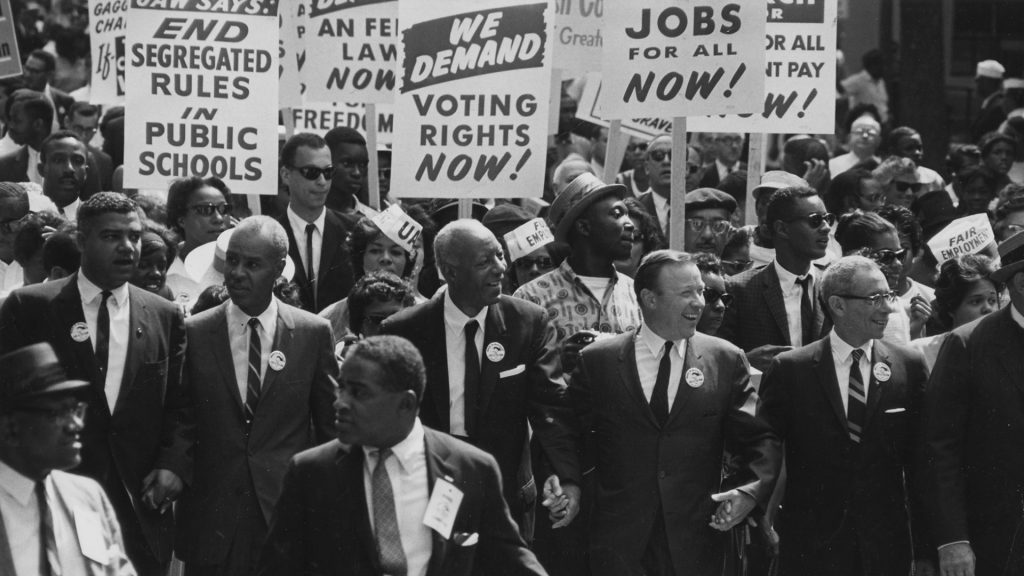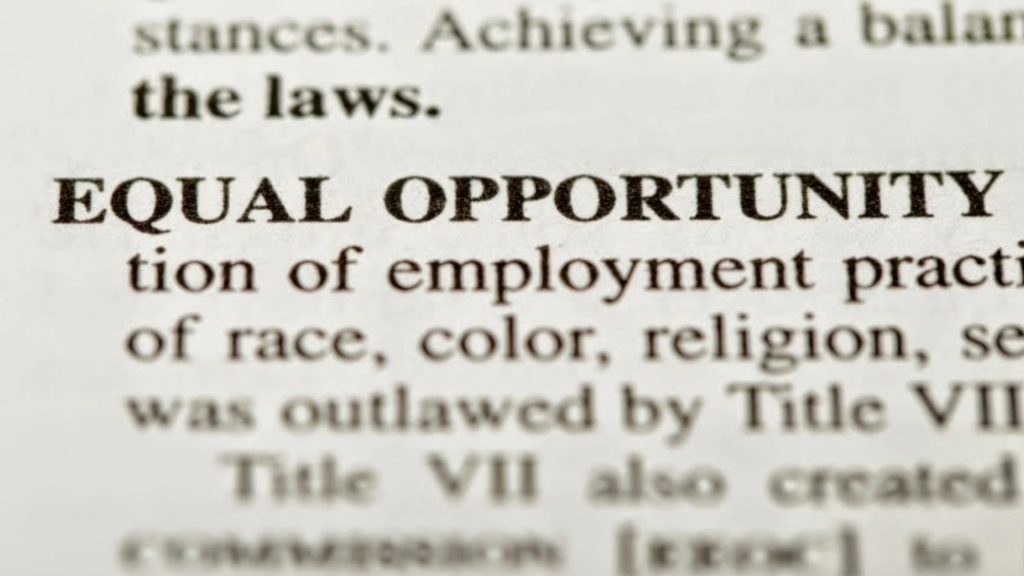A battle between Democrats and Republicans – and liberals and conservatives – is nothing new. As the American political sphere becomes more divided and more contentious, these battles will become more and more frequent. One such battle may be gearing up if a recent report from Axios is to be believed.
According to this recently released report, some of former-President Donald Trump’s allies are exploring ways to use well-established Civil Rights laws to fight against what they see as “anti-white racism.” Can they do this? To answer this question, let’s delve into the wording of the Civil Rights laws.
Reverse Racism
As the report alleges, several powerful allies of Trump, along with some influential conservative groups may be planning to launch an offensive attack against reverse racism. If Trump wins back the presidency, these organizations may be poised to strike back against discrimination targeted at white people.

These groups, the report explains, are studying the wording of anti-racism and anti-discrimination legislation in hopes of using the existing laws to win their cases.
Is Reverse Racism Even Real?
That depends, of course, on who you ask! It is a controversial idea that leads to heated debates. The concept is rooted in the idea that, in our efforts to create equality for groups of people who are in the minority or who have been historically marginalized, we have “flipped the script.”

Instead of achieving racial equality, we have provided a way for marginalized groups to discriminate against the historically majority group. In a sense, it means that laws and programs are in place to help advance minority groups at the expense of majority groups.
Anti-White Racism and the Systemic Imbalance of Power
While proponents of reverse racism claim that they are also being discriminated against based on race or skin color, they often fail to consider the systemic racism and imbalance of power that has historically prevented all groups from being truly equal.

Critics argue that racial discrimination against white people, for example, is different from the generational racism endured by black people. It is often not widespread, systemic, rooted in history, or generational.
Terminating Policies
If Trump is elected, one of his first orders of business, according to the report, will be to put an end to diversity programs and initiatives that are currently in place.

Steven Cheung, a Trump campaign spokesperson, was quoted in the report stating, “As President Trump has said, all staff, offices, and initiatives connected to Biden’s un-American policy will be immediately terminated.”
America First Legal
This endeavor is being directed by Stephen Miller, one of Trump’s former advisors. Miller is the founder of America First Legal, a right-wing judicial activist group.

As the Axios report explains, Miller has a history of using Civil Rights-era laws that were passed to protect minority groups from discrimination as his tool for challenging the inclusion policies of “woke” companies, including Disney, United Airlines, the National Football League, and Nike.
The Civil Rights Act of 1964
The Civil Rights Act was the brainchild of President John F. Kennedy. He proposed the legislation in June 1963, but a Senate filibuster pushed the proposal to the back burner. The Civil Rights movement of the 1960s, however, was not going away.

This political and social push to put an end to racial discrimination and segregation picked up steam during this pivotal decade in American history. The Civil Rights era was marked by a series of nonviolent protests, marches, speeches, boycotts, and charismatic leaders such as Martin Luther King Jr., Malcolm X, and Rosa Parks.
Passing the Civil Rights Act
After President Kennedy’s assassination in November 1963, President Lyndon B. Johnson took up the Civil Rights legislation and worked to push it forward. After a 72-day filibuster, the U.S. House of Representatives passed the bill in February 1964. In June of that year, the U.S. Senate passed it.

The Civil Rights Act of 1964 was signed into law by Johnson on July 2, 1964. Its passage marked an important milestone in the quest for racial equality. The goal of the Act is to promote equality and establish the framework for a society where all Americans are equal under the law.
The Wording of the Civil Rights Act
The Civil Rights Act prohibits discrimination on the basis of race, color, religion, sex, or national origin. Under the provision of the Act, employers cannot base their hiring, firing, or promoting decisions on race or gender.

Additionally, provisions included in the Civil Rights Act included voting rights. It made segregation in schools and public facilities, like public transportation, against the law. It also made it illegal for landlords to refuse to rent housing to people based on race, color, religion, or sex.
What the Civil Rights Act Doesn’t Say
The Civil Rights Act of 1964 does not make it clear that the legislation is aimed at preventing discrimination only against Black and other minorities. Nor does it indicate that Whites are excluded from the law.

When it states that there will be no discrimination against people based on race or color, that includes people of all races and all colors. This is the loophole that Miller and his America First Legal have sought to exploit.
Miller and America First Legal
Under Miller’s direction, America First Legal has sued so-called “woke” corporations for what Miller has claimed was discriminatory practices against white men.

In many of these lawsuits, Miller cited the Civil Rights Act of 1964. Specifically, he argued that the law prohibits discrimination based on race, color, religion, sex, and so on.
“Project 2025”
Miller and his American First Legal is not the only organization invoking the Civil Rights Act in this manner. The Heritage Foundation is a conservative think tank that has consulted America First Legal when writing the first draft of its “Project 2025.”

“Project 2025” is a policy handbook intended for an incoming conservative political administration. The handbook promotes an end to “affirmative discrimination.” It also urges the incoming administration to “reorganize and refocus the DOJ’s Civil Rights Division to serve as the vanguard for this return to lawfulness.”
Has Trump Been the Victim of Racial Discrimination?
On multiple occasions, Donald Trump has stated that he has been the target of anti-white discrimination. He has accused many of his detractors of reverse racism.

Trump’s advisors have explored ways to convince the Department of Justice to conduct a thorough investigation into the actions of New York Attorney General Letitia James. James successfully sued Trump for fraud last year. Trump believes James’ actions and remarks toward him have had racist overtones.
Does Trump Have a Case Against James?
Possibly! Deroy Murdock, a contributing editor for National Review, has suggested that Trump may have a valid case against James. He believes that Trump may have grounds for suing James for discrimination.

He explained, “I think what President Trump should do is sue her on the basis of the 1964 Civil Rights Act.” Murdock was asked whether he plans to discuss this with Trump personally, he noted that his message will make it to the former president’s ear “sooner or later.”






